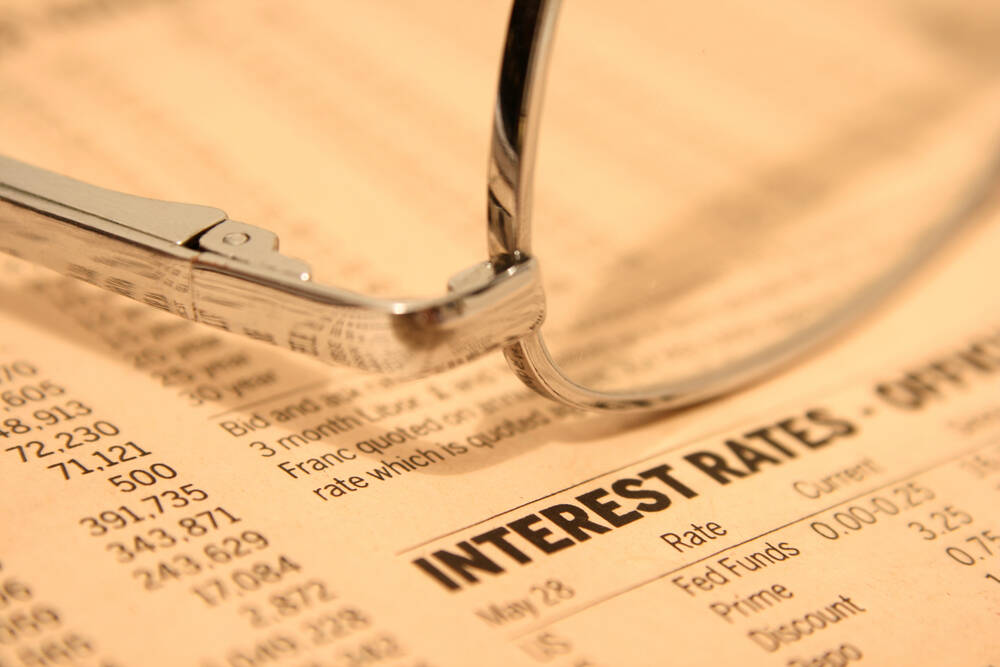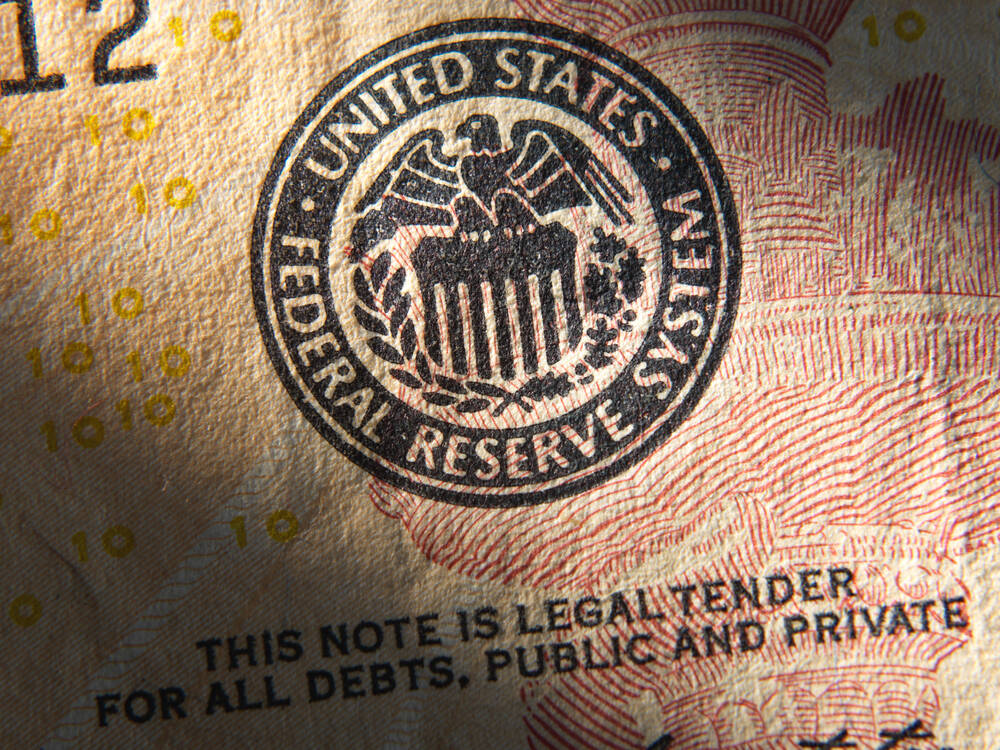Advertisement
Advertisement
Search Indicator:
Choose Country 
United States Personal Spending
Last Release
Feb 28, 2025
Actual
0.4
Units In
%
Previous
-0.3
Frequency
Monthly
Next Release
Apr 30, 2025
Time to Release
30 Days 3 Hours
Highest | Lowest | Average | Date Range | Source |
8.6 May 2020 | -12.6 Apr 2020 | 0.53 % | 1959-2025 | U.S. Bureau of Economic Analysis |
Personal consumption expenditures (PCE) is the primary measure of consumer spending on goods and services in the U.S. economy. 1 It accounts for about two-thirds of domestic final spending, and thus it is the primary engine that drives future economic growth. PCE shows how much of the income earned by households is being spent on current consumption as opposed to how much is being saved for future consumption. PCE also provides a comprehensive measure of types of goods and services that are purchased by households. Thus, for example, it shows the portion of spending that is accounted for by discretionary items, such as motor vehicles, or the adjustments that consumers make to changes in prices, such as a sharp run-up in gasoline prices.
Latest Updates
Personal spending in the US increased 0.4% month-over-month in February 2025, rebounding from a downwardly revised 0.3% fall in January but falling short of market expectations of a 0.5% gain. Spending on goods went up $56.3 billion and that on services rose $31.5 billion. Biggest increases were seen in spending on financial services and insurance ($15 billion), health care ($13.6 billion), motor vehicles and parts ($12.7 billion), food and beverages ($10 billion) and recreational goods and vehicles ($9.9 billion). In contrast, decreases were seen in spending for gasoline and other energy goods ($-6.3 billion), food services and accommodations ($-15 billion), and final expenditures of nonprofit institutions ($-15.8 billion).
United States Personal Spending History
Last 12 readings







